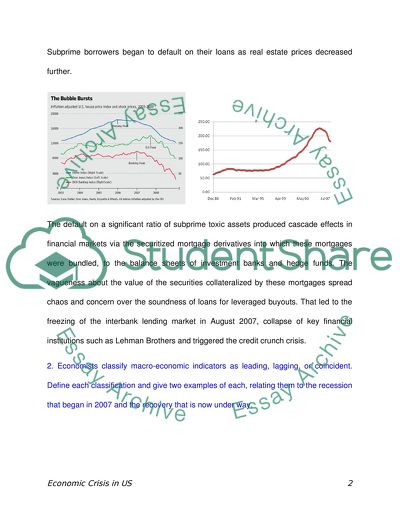Cite this document
(“The Credit Crunch of 2007-2008 Essay Example | Topics and Well Written Essays - 1000 words”, n.d.)
Retrieved from https://studentshare.org/macro-microeconomics/1425531-the-credit-crunch-of-2007-2008
Retrieved from https://studentshare.org/macro-microeconomics/1425531-the-credit-crunch-of-2007-2008
(The Credit Crunch of 2007-2008 Essay Example | Topics and Well Written Essays - 1000 Words)
https://studentshare.org/macro-microeconomics/1425531-the-credit-crunch-of-2007-2008.
https://studentshare.org/macro-microeconomics/1425531-the-credit-crunch-of-2007-2008.
“The Credit Crunch of 2007-2008 Essay Example | Topics and Well Written Essays - 1000 Words”, n.d. https://studentshare.org/macro-microeconomics/1425531-the-credit-crunch-of-2007-2008.


